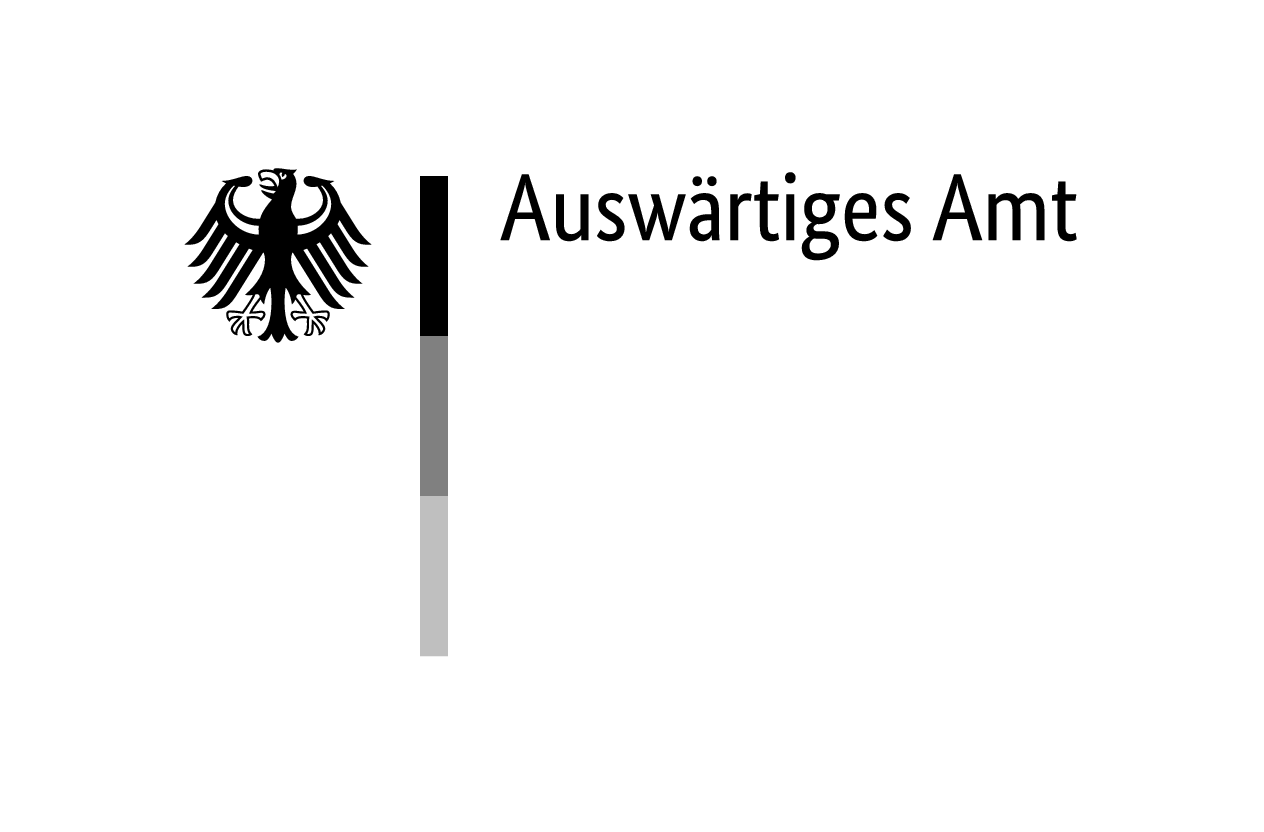From 1 July 1943, travelling in caravans was prohibited in the German-occupied Netherlands on the orders of the head of the German police and SS [Schutzstaffel] in the Netherlands, Hanns Albin Rauter (1895–1949). This travel ban [trekverbod], which facilitated the later arrest and deportation of Sinti and Roma, had a specifically Dutch background.
Caravans Act of 1918
At the turn of the 19th and 20th centuries, caravans became a popular way of combining work and housing in the Netherlands. A census of 1889 recorded 93 caravans. These were usually flat carts with a tarpaulin over them. In the years that followed, they gradually developed from covered wagons to simple wooden structures with steps at the front. In 1911, a new census counted 584 caravans inhabited by approximately 2 800 people.
The state was now increasingly attempting to regulate the lifestyle of caravan-dwellers—of whom Sinti and Roma made up only a very small proportion. Whereas previous legislation, dating from 1849, had mainly aimed at stopping people with caravans from entering the country, the Caravans Act [Woonwagenwet] of 26 July 1918 focused on regulating travelling within the Netherlands. The law of 1918 stipulated, among other things, that anyone who wanted to live in a caravan or on a boat had to have a permit and number plate. Municipalities could now designate places where caravans could be parked. In addition, a family was only allowed to stay in any place for a maximum of 48 hours. Although municipalities often designated the most unsightly places as ‘caravan sites’ and still tried to scare people away, there was a reasonable degree of freedom.
During the crisis years, the mobility of the travelling population in the Netherlands was further restricted. Families without passes or permits were often arrested by the police and deported from the country by the military police. Families that did have a permit were increasingly dependent on large caravan sites on the outskirts of large cities. Some of these were equipped with sanitary facilities, a water pump and a lamp post, but they were also fenced, regulated by camp rules and controlled by supervisors and police officers.
The law did not achieve its original goal of reducing the number of caravans; in 1938, around 2 700 caravans were registered. But the Caravans Act had a lasting effect in other respects, namely the definition of caravan dwellers as a separate category of citizens: the ‘woonwagenbewoners’.1Lucassen, “Verfolgung”, 193–194. They were labelled as ‘asocials’ by the authorities and a central registration scheme and assembly camps were planned.
Under German Occupation
These plans had not been realised by the time Germany invaded the Netherlands in May 1940. The initiator of a more aggressive approach was Laurus Adriaan van Doorn (1895-1973), director of the Utrecht welfare department, who had expressed his dissatisfaction with the inadequate enforcement of regulations on caravans and houseboats in the country. From July to August 1940, he published articles in the magazine Sociale Zaken, of which he was co-editor, with titles like: ‘The caravans must disappear’.2Sijes, Vervolging, 77. That van Doorn’s ideas were not without their influence became evident from the fact that in March 1943 the Attorney General in Den Bosch informed the Secretary General of Justice that he wished to concentrate the caravans at a fixed location. In 1942, the Ministry of the Interior compiled an overview of all alleged ‘asocial elements’ among the woonwagenbewoners—with the result that only 5 to 10 per cent were categorised as such. In June 1942, the number of woonwagenbewoners registered centrally was around 10 000.3Lucassen, “Verfolgung”, 194.
In May 1943, Hanns Albin Rauter took complaints from local residents about caravan dwellers in North Brabant province as an opportunity to issue a directive. He instructed the five regional chiefs of police to gather all caravan dwellers in assembly camps in the cities of Amsterdam, Arnhem, Eindhoven, Groningen, Haarlem, Rotterdam, The Hague and Utrecht.
On 1 July 1943, a ban was imposed on travelling in caravans. In theory, caravan dwellers who did not comply with the law were threatened with deportation to a concentration camp such as Vught and the confiscation of their caravans. In practice, these measures were not applied and control was not very strict.
The local authorities decided who had to live in the assembly camps; exceptions were made for fairground owners and construction workers. Of the approximately 2 700 caravans that existed, 1 163 were ordered to be moved to 27 large assembly camps. In total, several hundred families decided to go to the assembly camps. Others, among them Sinti and Roma, decided to go into hiding, moved into empty houses, stored their caravans with farmers or hid in forests or caves. Abandoned caravans were taken to storage areas. In the province of Drenthe, Camp Westerbork functioned as such a storage facility. Most of those affected tried to avoid living in such assembly camps; in June 1944 there were only 400 caravans left in them.
After 1945
After the liberation, there were few changes to the legislation on travelling with caravans. Government policy was aimed at concentrating caravans by setting up regional caravan centres. As a result of this concentration, Sinti, Roma and travellers were less and less able to practice their occupations.
In 1977, government policy was changed to one of ‘deconcentration’, which meant the establishment of small sites with ten to fifteen caravans. In 1999, the Caravans Act of 1918 was repealed. From that point on, many municipalities adopted the policy of letting caravan sites ‘die out’ [‘uitsterfbeleid’]: if residents died, the location disappeared. In the past decade Sinti and Roma have successfully fought against this policy at national and European level. Implementation at the local level, however, still remains a challenge.




